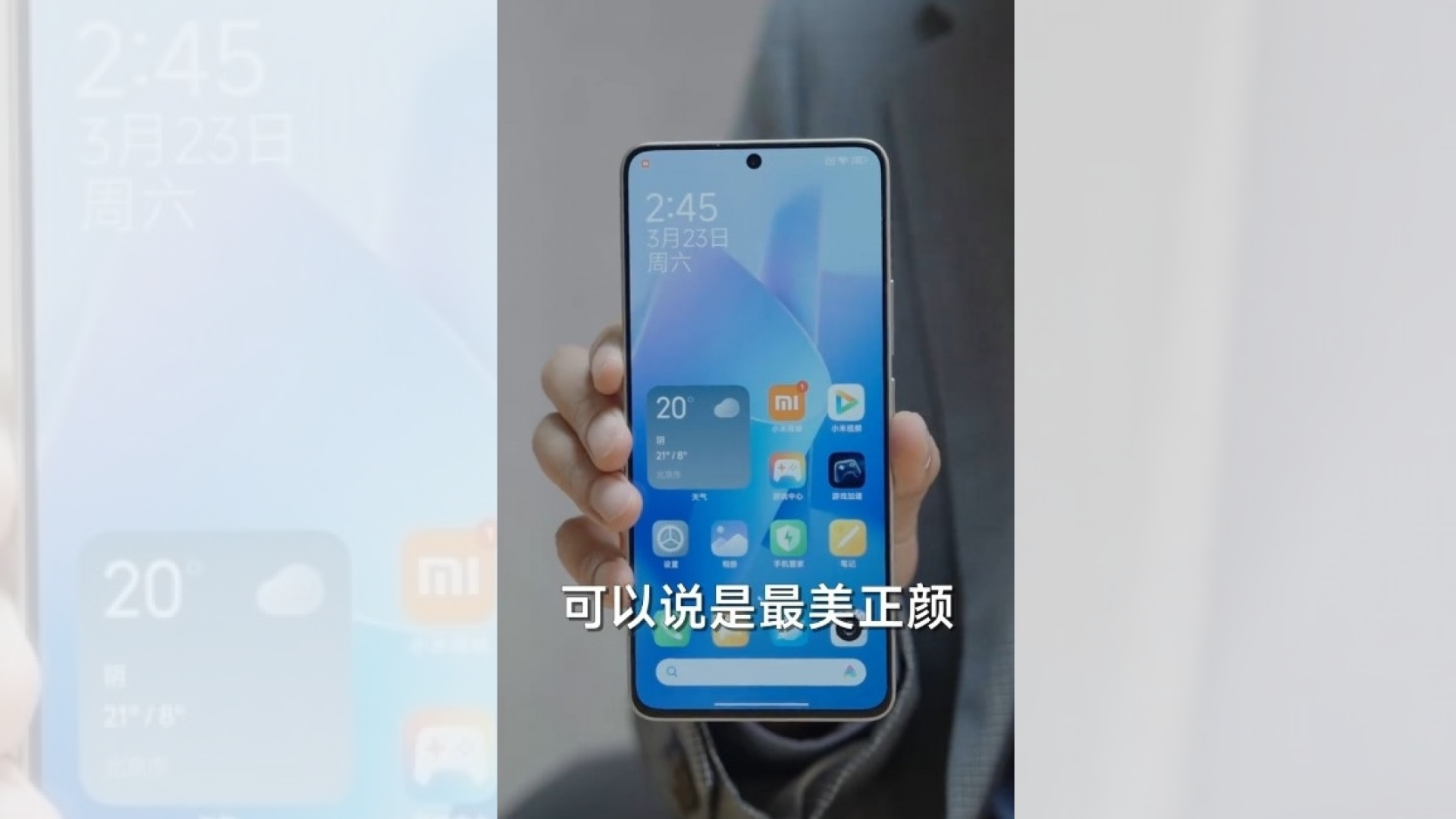A series of HyperOS source codes can affirm earlier claims that the upcoming Poco F6 model will be using the newly announced Snapdragon 8s Gen 3 chip. Aside from that, the codes reveal the lenses the device will be utilizing.
We recently stumbled upon the source from Xiaomi’s HyperOS system. The codes do not directly reveal the official marketing names of the components, but their internal code names reveal them. Nonetheless, based on past reports and discoveries, we managed to identify each of them.
To start, it was earlier reported that the Poco F6 is internally called “Peridot.” This was repeatedly spotted in the codes we discovered, including in one code mentioning the “SM8635” component. It can be recalled that earlier reports reveal that SM8635 is the codename of Snapdragon 8s Gen 3, which is a Snapdragon 8 Gen 3 with a lower clock speed. This not only means that Poco F6 will be using the said chip, but it also affirms claims that the model will be a rebranded Redmi Turbo 3 with the same chip. According to Redmi Brand’s General Manager Wang Teng Thomas, the new device “will be equipped with the new Snapdragon 8 series flagship core,” ultimately confirming it is the new Snapdragon 8s Gen 3 SoC.
Aside from the chip, the codes show the lenses of the model’s camera system. According to the codes we analyzed, the handheld will house the IMX882 and IMX355 sensors. These code names refer to the 50MP Sony IMX882 wide and 8MP Sony IMX355 ultra-wide-angle sensors.
These discoveries support earlier reports about the handheld. Aside from these things, we can also confidently say that Poco F6 is getting the following details:
- The device is also likely to arrive in the Japanese market.
- It is rumored that the debut will be happening in April or May.
- Its OLED screen has a 120Hz refresh rate. TCL and Tianma will produce the component.
- Note 14 Turbo’s design will be similar to Redmi K70E’s. It is also believed that the rear panel designs of the Redmi Note 12T and the Redmi Note 13 Pro will be adopted.




